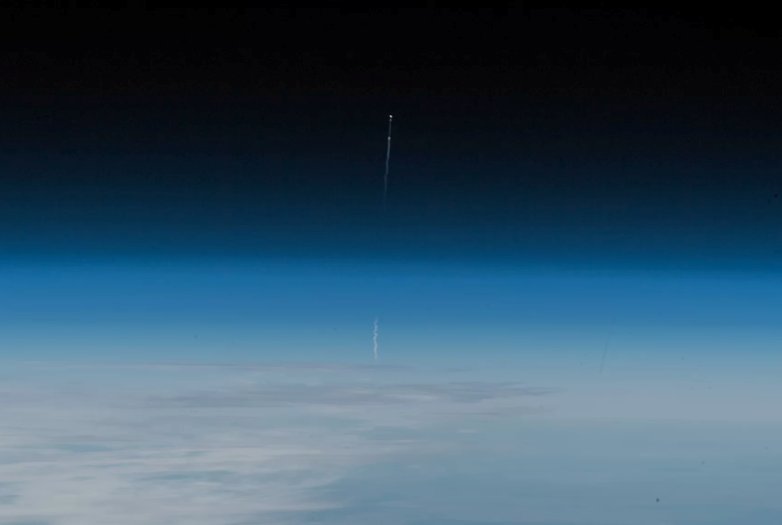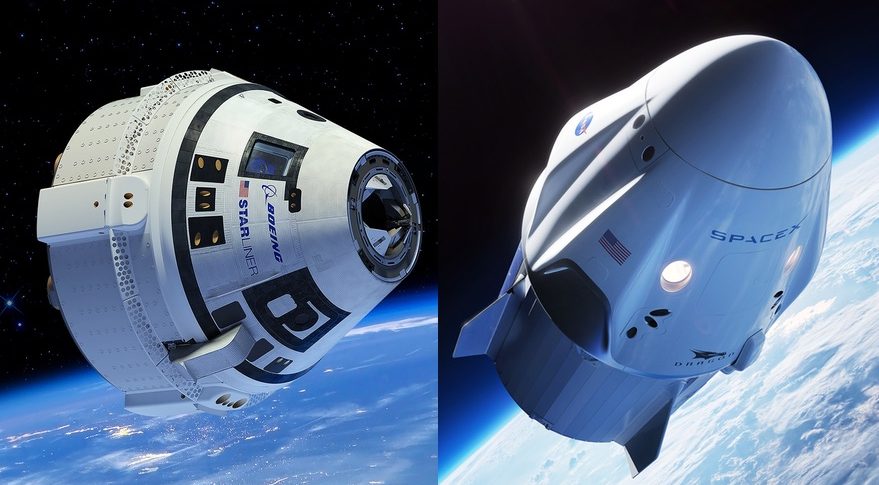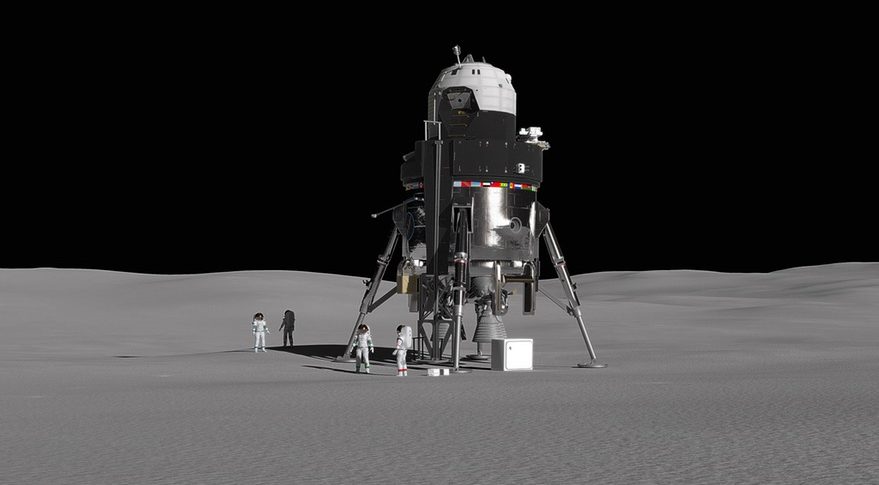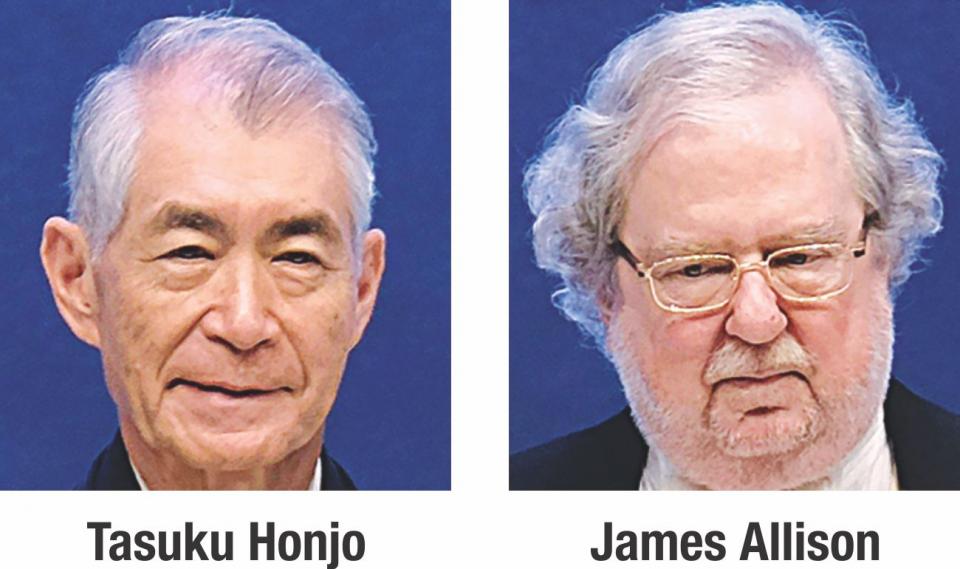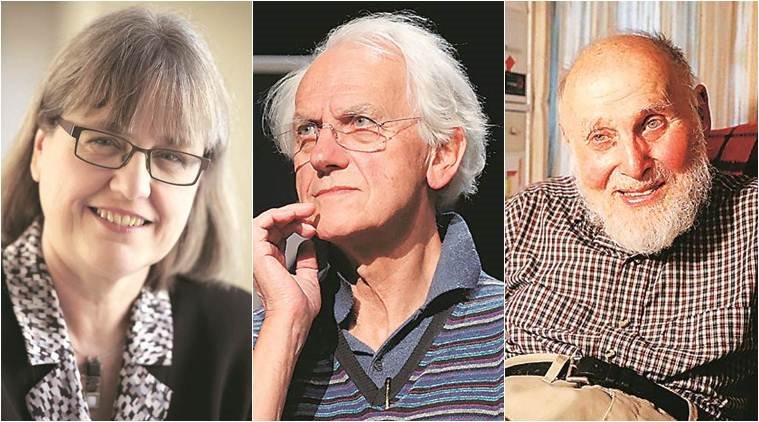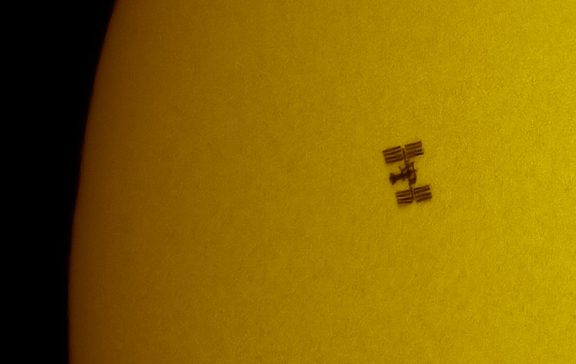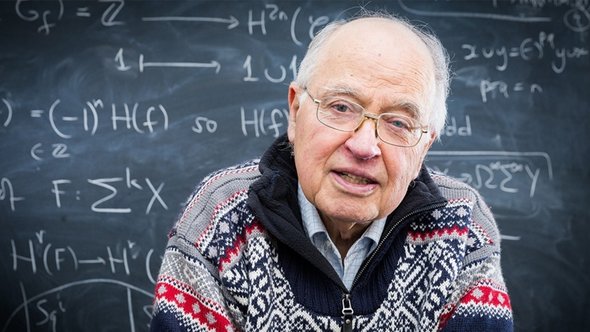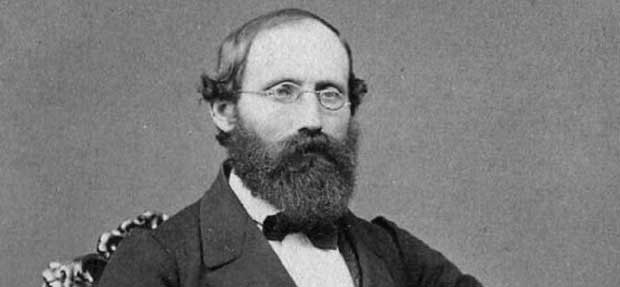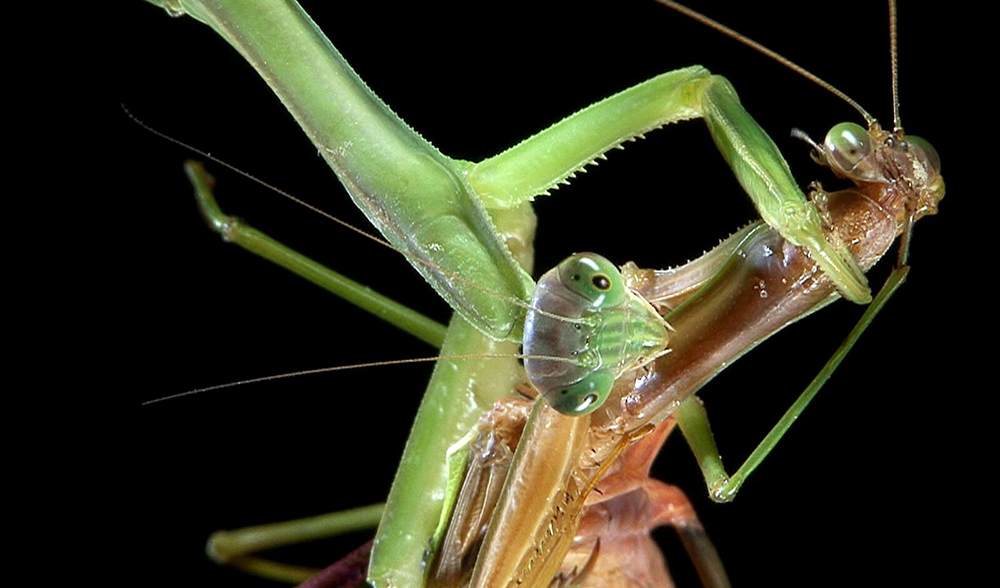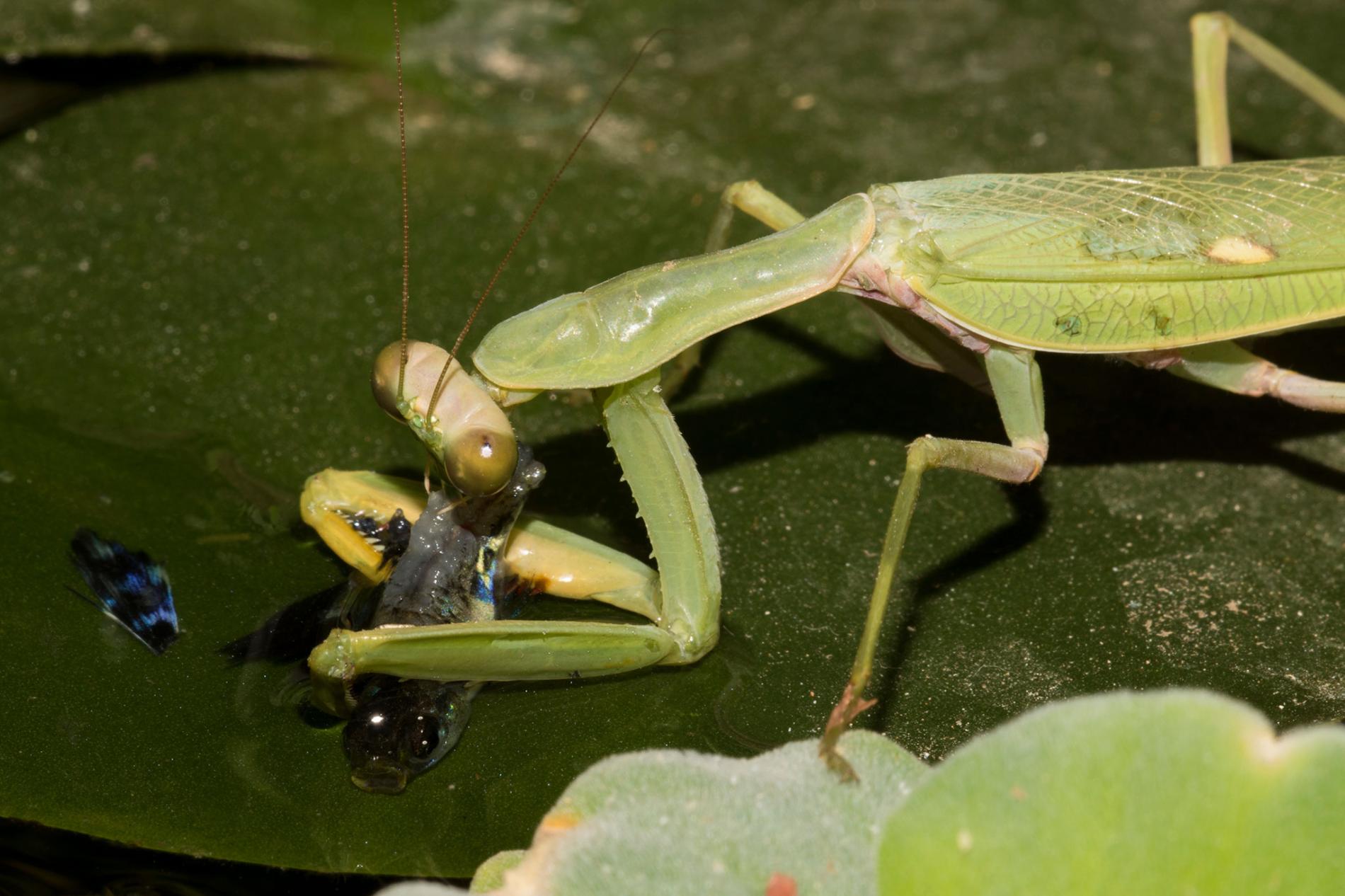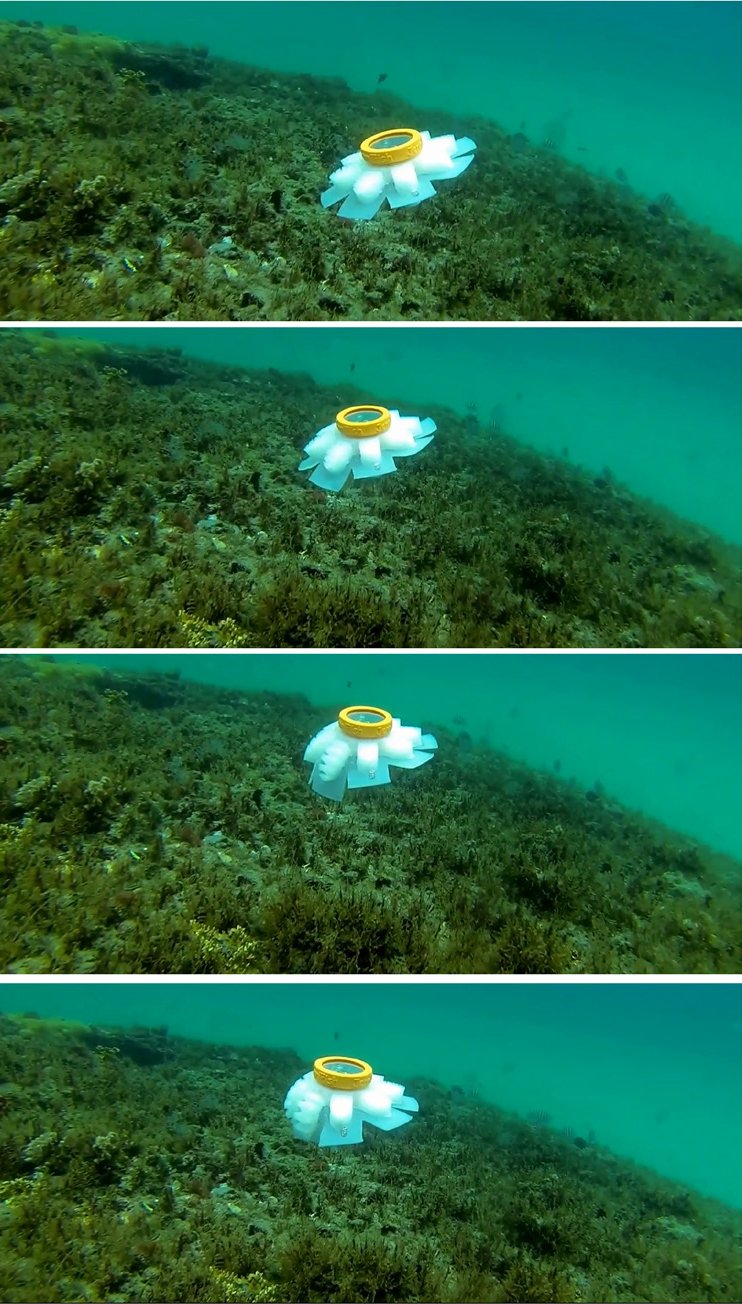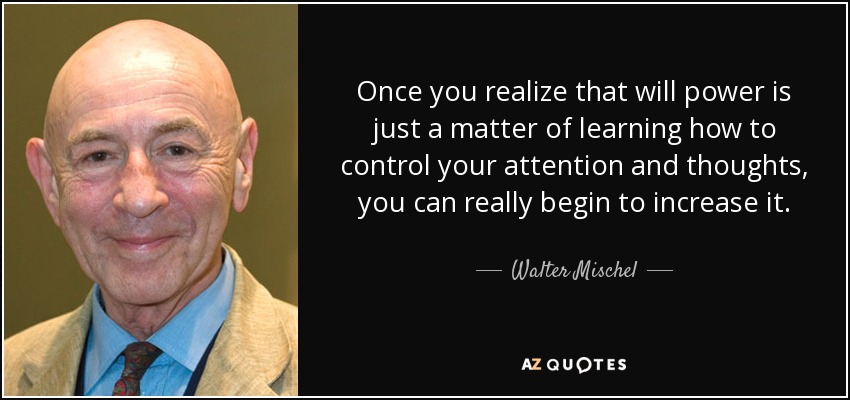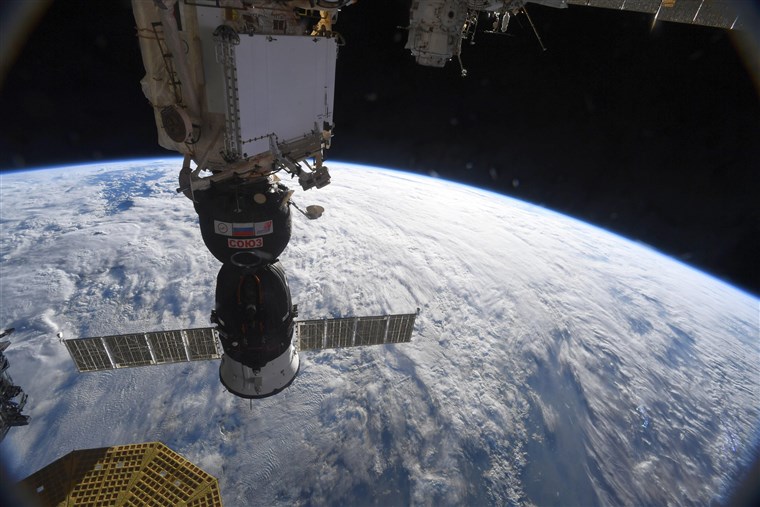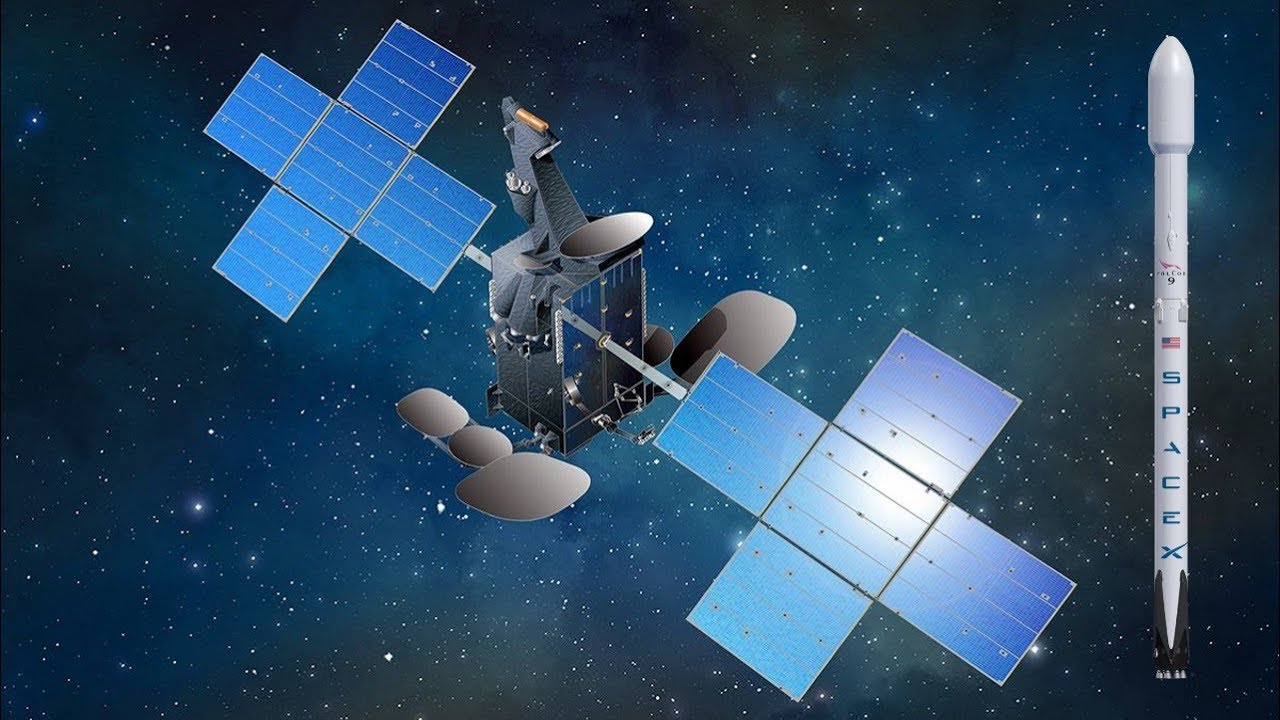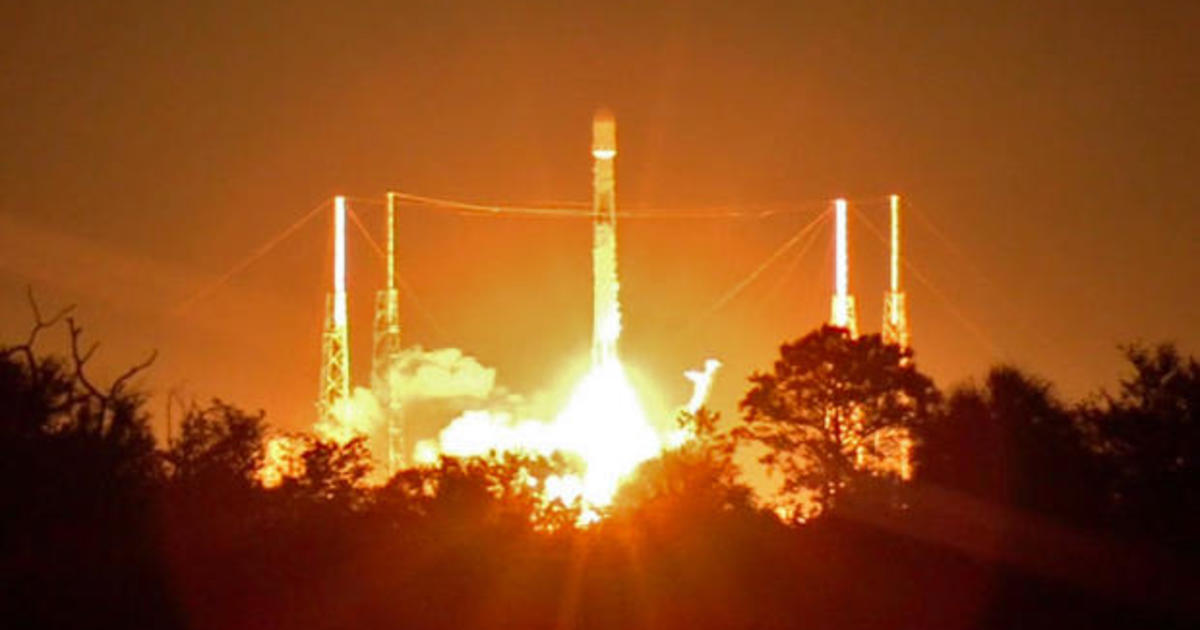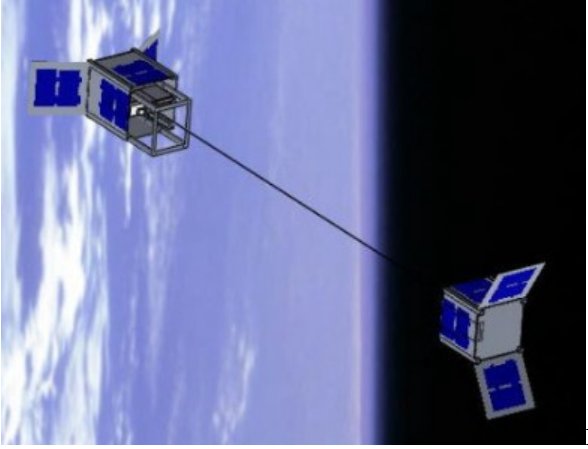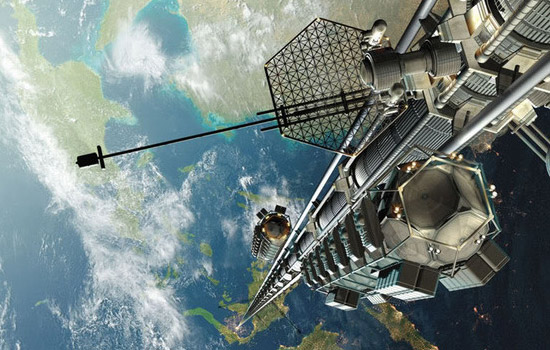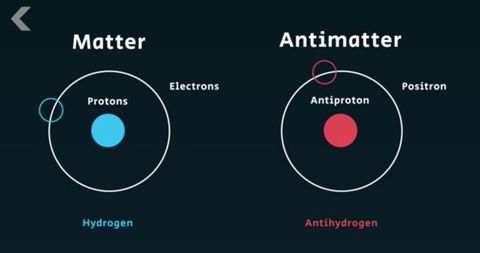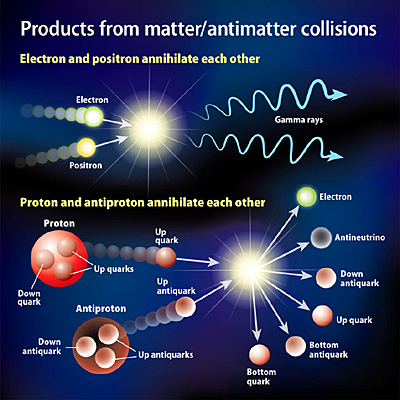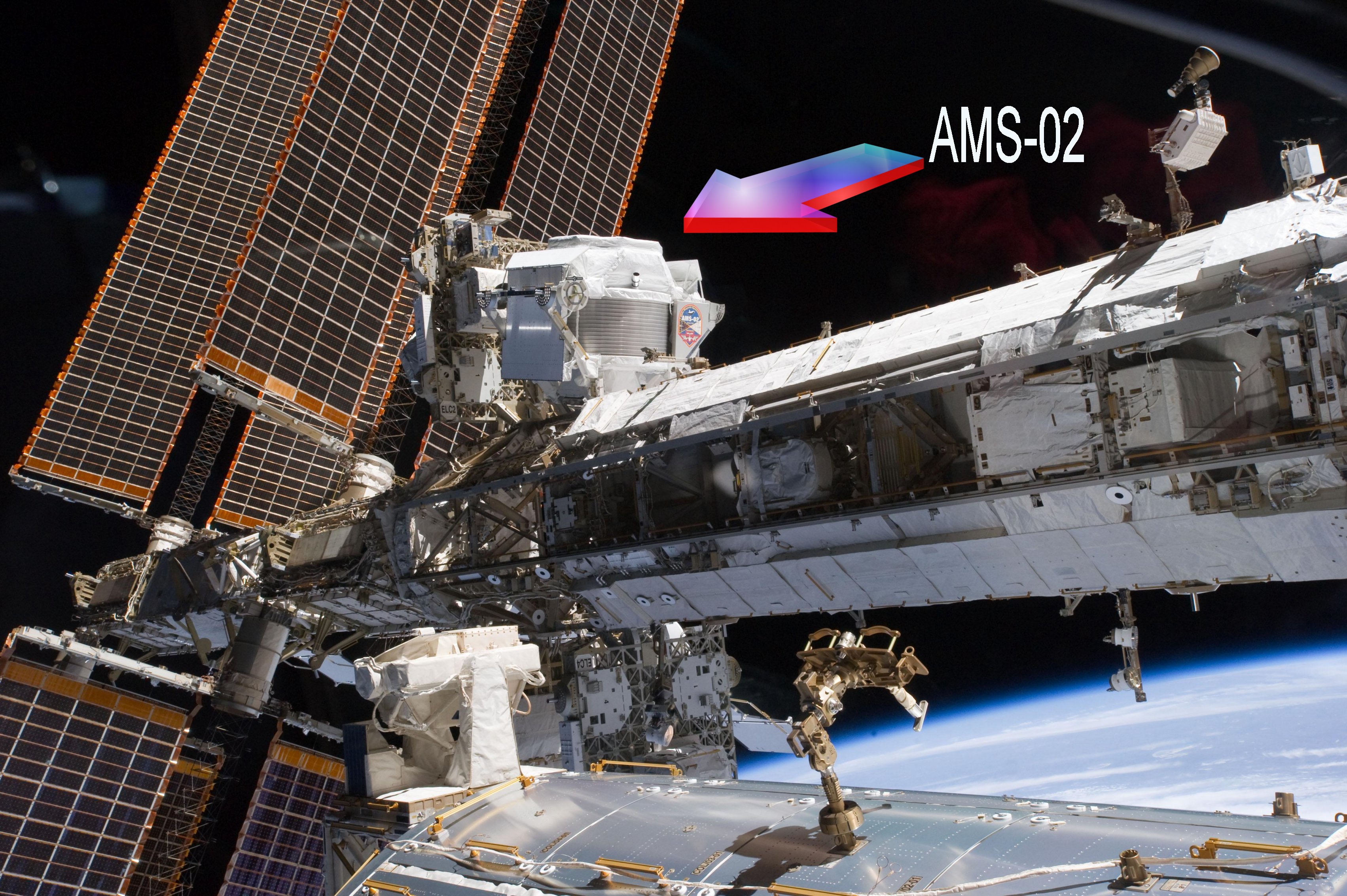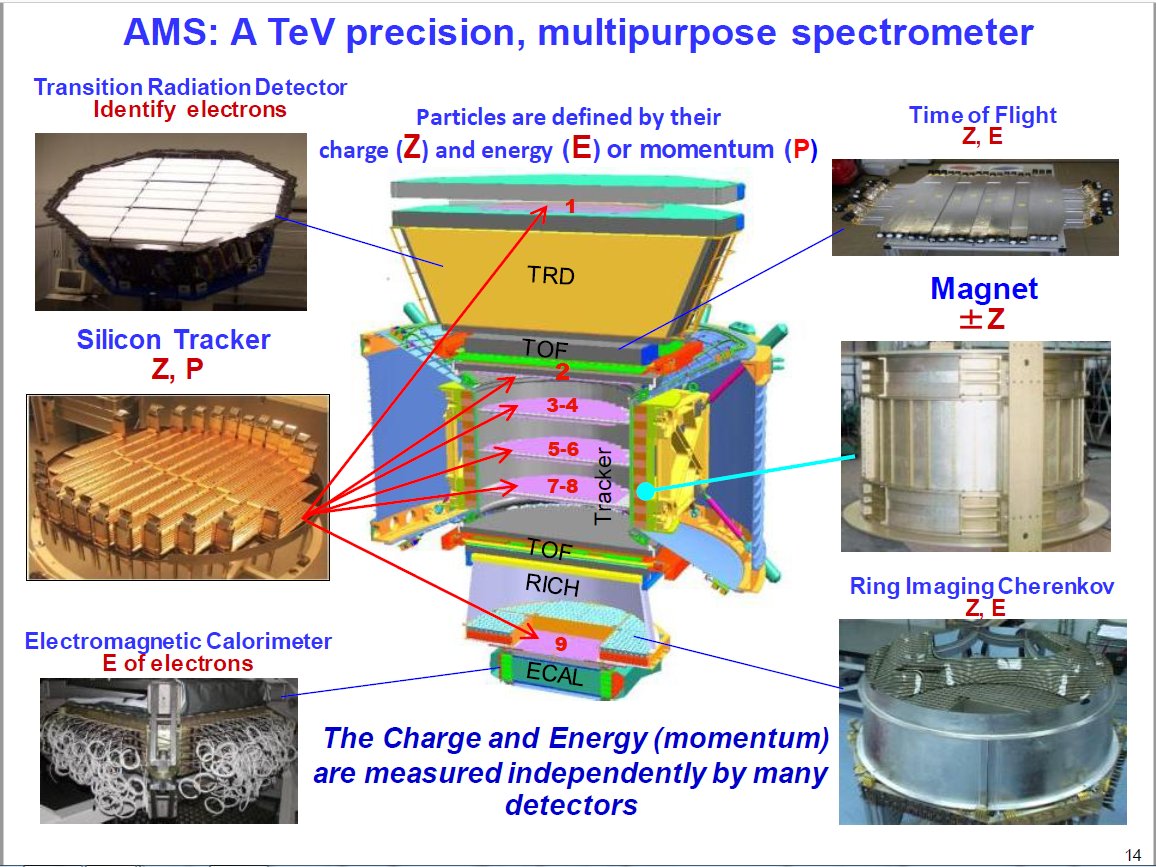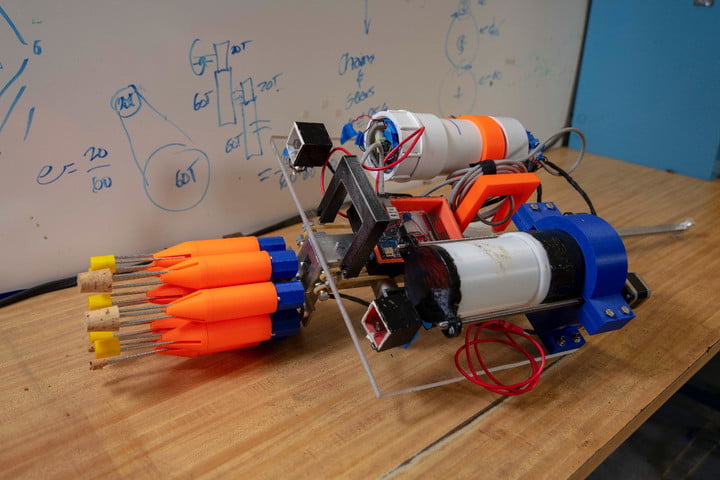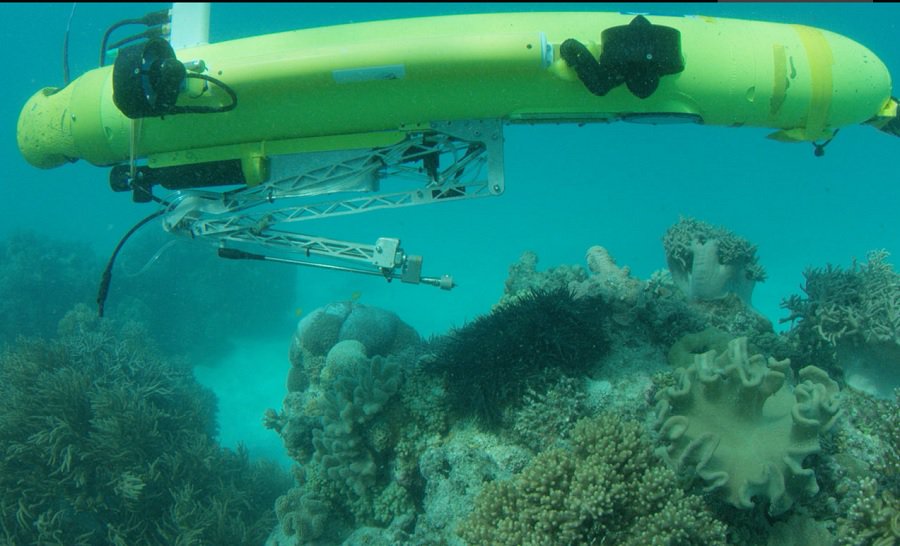Physicists who study the way the Universe works at its simplest, most fundamental level do so by examining the collisions between elementary particles like the electron, quarks and neutrinos. The higher the amount of energy in those collisions the more we can learn about their behavior, the more we learn about the rules by which the universe is built. This is why physicists need to build such powerful particle accelerators such as the Large Hadron Collider at CERN.
However every day the Earth is struck by particles coming in from outer space with billions of times as much energy as the most powerful ever produced by human science. These particles are called the Ultra High Energy Cosmic Rays (UHECR) and physicists would love to be able to use their enormous energy in their experiments. The problem is that we never know exactly where on earth the most powerful of these particles are going to strike so how do we study them? How do we get them inside our instruments so that we can study them? Obviously in order to catch these UHECR you need a really big detector, and a lot of patience.
Enter the Ice Cube Experiment down in Antarctica. This experiment uses a cubic kilometer of the ice on that frozen continent as a detector for UHECR collisions. (That’s a block of ice one-kilometer long by one-kilometer wide by one-kilometer deep) The image below shows the experiments control facility sitting on the Antarctic ice.
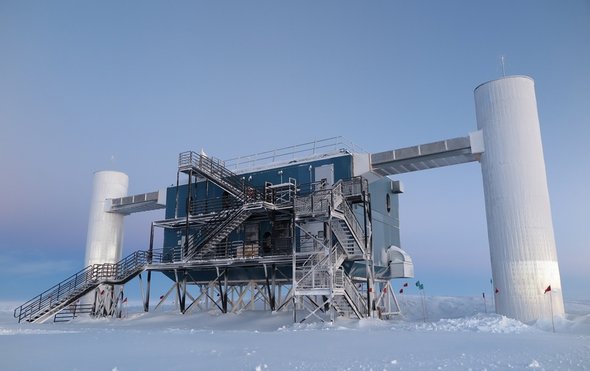
The Ice Cube Experiment was constructed by drilling eighty-six, one-and a half kilometer deep holes into the ice and inserting long strings of ultra sensitive light detectors (Called Digital Optical Modules or DOMs) into the holes. (There are 5,160 of these DOMs total) Deep within the ice the only light that will be possible for the DOMS to detect will be that which is given off by the UHECR as they collide with atoms in the ice. The image below shows the overall layout of the Ice Cube Detector.

The light given off by these fast moving particles is called Cherenkov radiation, which is best known as that eerie greenish-blue glow around a nuclear reactor. Just what Cherenkov radiation is requires a little bit of explanation.
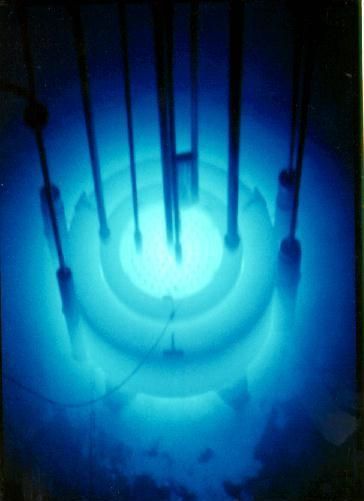
We all know that nothing can travel faster than the speed in a vacuum. However the speed of light in transparent materials, like air or water or glass or ice is lower than the speed of light in a vacuum. So what happens when a sub-atomic particle like a proton is traveling through ice faster than the speed of light in ice? Well, what happens is the particle emits energy in the form of Cherenkov radiation until its velocity is below the speed of light in ice and it is this Cherenkov radiation that the DOMs of Ice Cube detect. The image below shows one of the DOMs.

The primary type of elementary particle that Ice Cube is designed to study are neutrinos and yes I know I talk about neutrinos all of the time (See posts of 30 July 2017, 2 December 2017 and 6 June 2018). Over the last twenty years however we have learned so much about our Universe by studying neutrinos and we have the possibility of learning more about Supernova, Gamma Ray Bursts, Blazars and even the Big Bang itself by studying the high-energy neutrinos given off by those events.
In fact according to two recent papers from the teams of scientists running Ice Cube a neutrino event that was detected by Ice Cube on 22 September of 2017 has been traced back to it original source, a Blazar designated as TXS 0506+056. Objects like Blazars have been observed in the past with optical and radio telescope along with X-ray and gamma ray telescopes and now the Ice Cube Detector as well. The image below shows graphically what a detection by Ice Cube looks like.
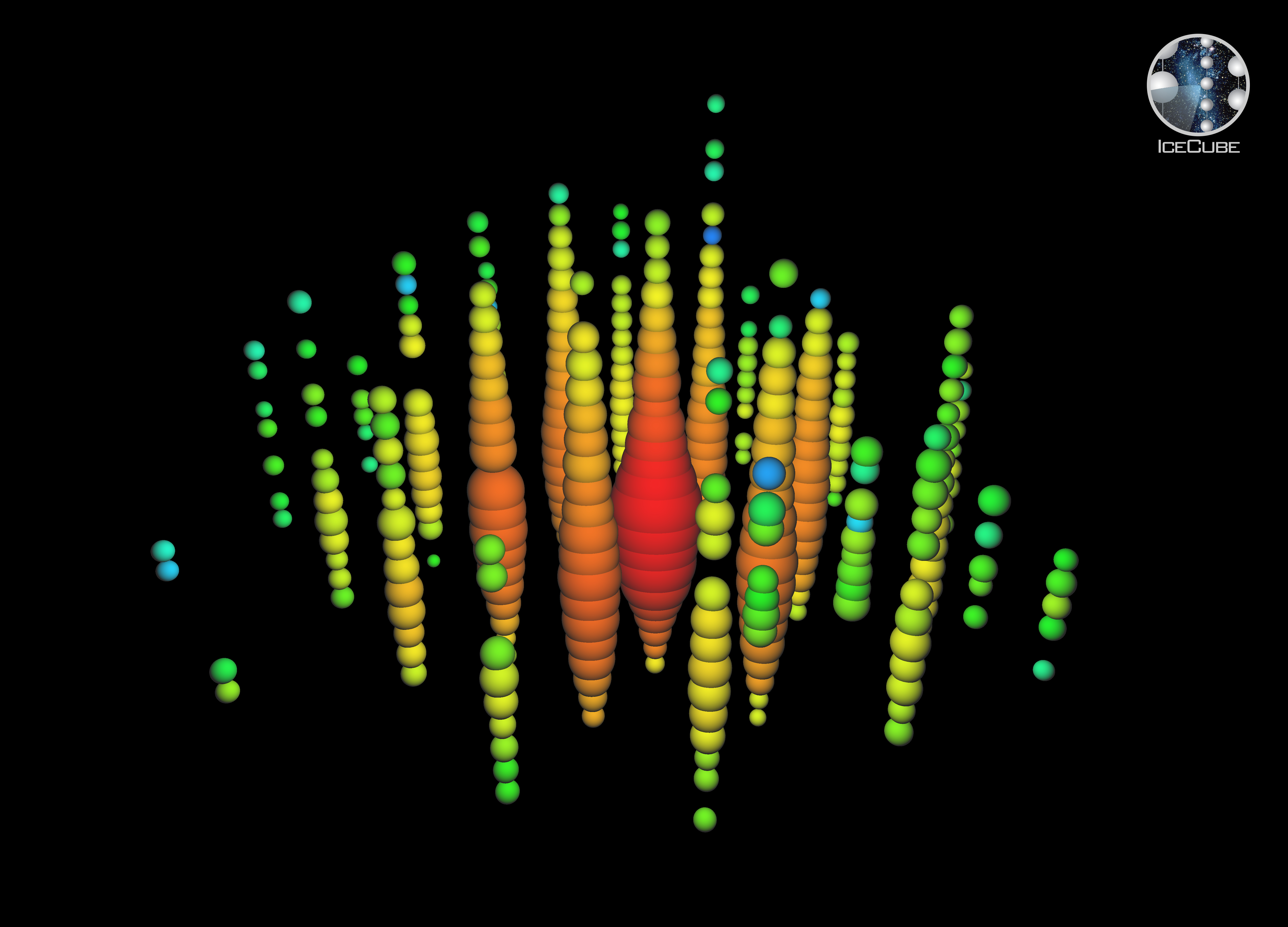
As you might guess there are already plans to expand Ice Cube. Called Ice Cube Gen-2 the design calls for a detector that could be as large as four kilometers in diameter. Such a large detector could record hundreds of events every day that are millions of times as powerful as those produced at CERN. Ice Cube Gen-2 will benefit from the knowledge gained in the construction of the current Ice Cube in an effort to reduce cost.
It’s as simple as this, the more different ways we look at the Universe the more we learn about the Universe. The Ice Cube experiment in Antarctica is a new way of looking and I think that we’re going to learn a lot. If you’d like to learn more about the Ice Cube Experiment click on the link below to be taken to the experiment’s website.


